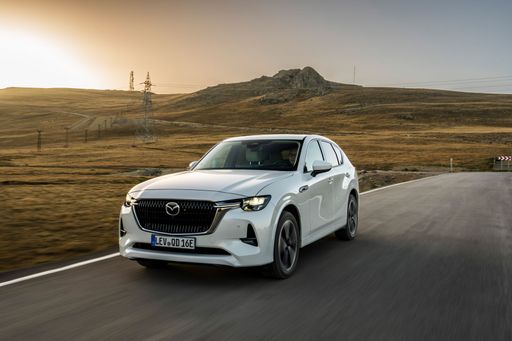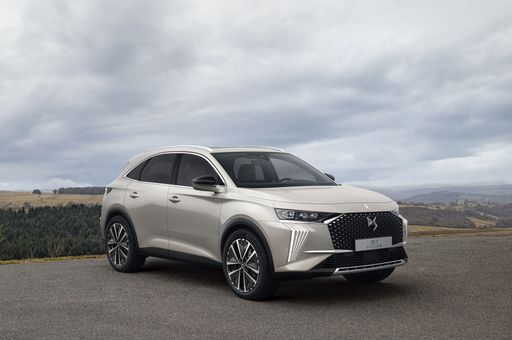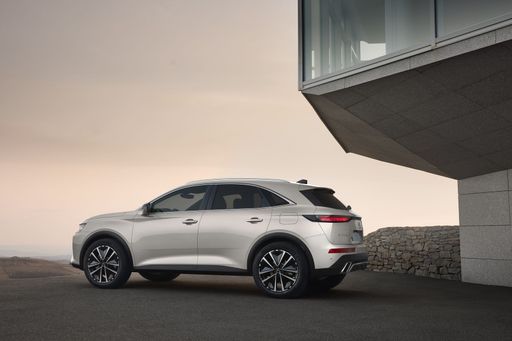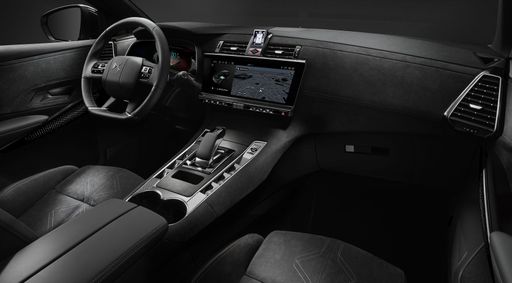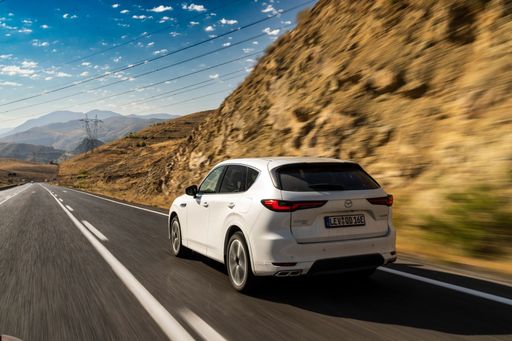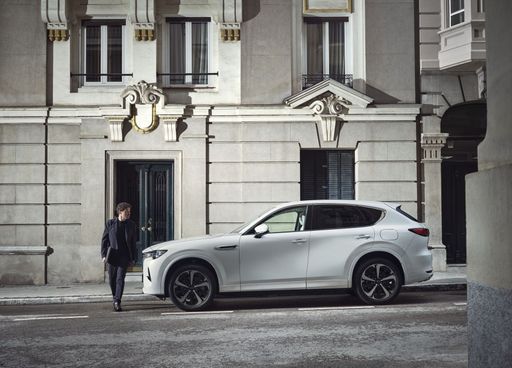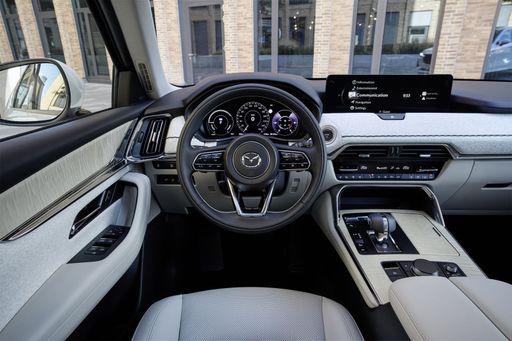The Luxe of the Urban Jungle: DS 7 Crossback vs Mazda CX-60
In a market dominated by SUVs, the DS 7 Crossback and the Mazda CX-60 stand out with their unique approaches to luxury, performance, and innovation. This comparative analysis delves into the technical marvels and design philosophies that set these two apart in the crowded automotive landscape.

